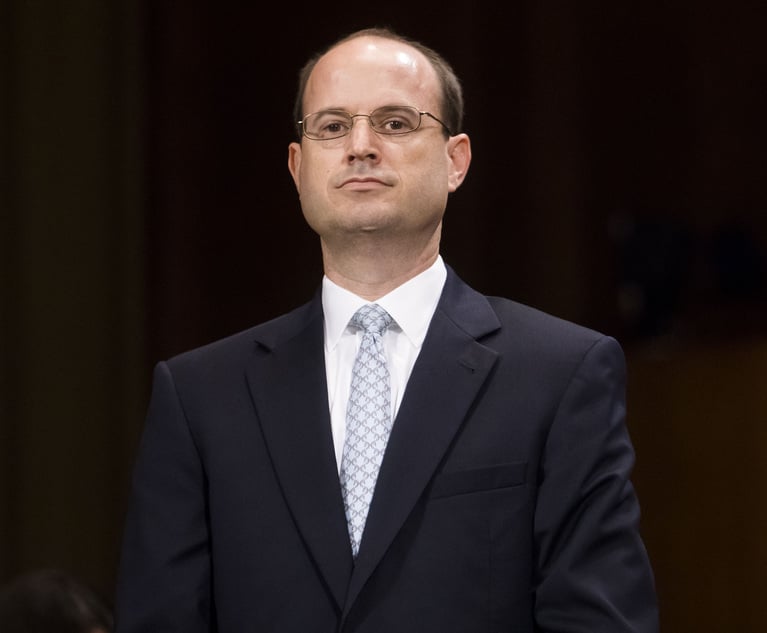Presently, items that can be easily located on the world wide web are not so readily admissible at trial. This is because “websites are not self-authenticating.” See Digiovanni v. Deutsche Bank Nat’l Trust, 226 So. 3d 984, 989 (Fla. 2d DCA 2017), quoting Nationwide Mutual Fire Insurance v. Darragh, 95 So. 3d 897, 900 (Fla. 5th DCA 2012). For example, under the current law, a party wishing to introduce a photograph from Google Maps must authenticate the photograph “in the same manner as any other photographic evidence before it is admitted in evidence.” See City of Miami v. Kho, 290 So. 3d 942, 944 (Fla. 3d DCA 2019).
This means the attorney seeking to admit a photograph has two options. “The first is the ‘pictorial testimony’ method, which requires a witness with personal knowledge to testify that the image fairly and accurately depicts a scene,” citing Dolan v. State, 743 So. 2d 544, 545 (Fla. 4th DCA 1999). This sounds simple enough, but who, among your clients, or witnesses, can testify under oath that a Google Maps photograph taken of a sidewalk three years before your client’s trip and fall, fairly and accurately depicts what the sidewalk, including all cracks and unevenness, looked like at that time?


 Eric Bluestein of Dolan Dobrinsky Rosenblum Bluestein in Miami. Courtesy photo
Eric Bluestein of Dolan Dobrinsky Rosenblum Bluestein in Miami. Courtesy photo




